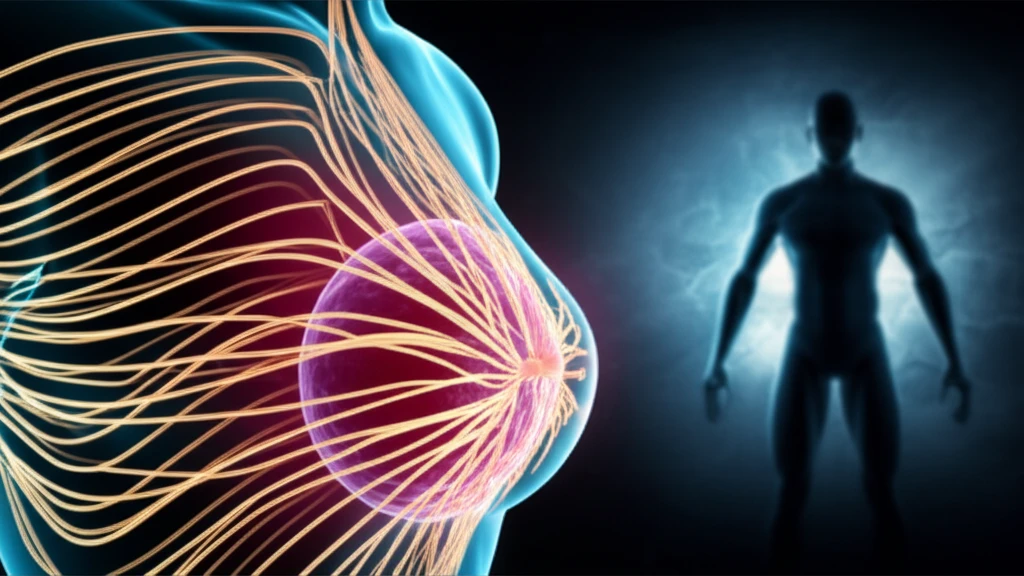
Decoding Mucin 2 (MUC2): How This Protein Impacts Breast Cancer Aggressiveness
"New research sheds light on the role of Mucin 2 in breast cancer, offering potential insights for treatment and prediction of outcomes."
Breast cancer remains a significant health challenge for women worldwide. While treatments have advanced, a deeper understanding of the mechanisms that drive cancer aggressiveness is crucial for developing more effective therapies. One area of growing interest is the role of mucins, particularly Mucin 2 (MUC2), in breast cancer development and progression.
Mucins are large, heavily glycosylated proteins that play various roles in healthy tissues, including protection, lubrication, and cell communication. However, in cancer, their expression can be altered, potentially contributing to tumor growth and resistance to treatment. Notably, MUC2 is not typically found in normal breast tissue, but its presence has been observed in some breast cancers, suggesting a potential role in the disease.
Recent research has begun to unravel the complex role of MUC2 in breast cancer. This article explores the findings of a study investigating how MUC2 influences key aspects of cancer aggressiveness, including cell proliferation, response to chemotherapy, and metastasis. Understanding these mechanisms could pave the way for more targeted and personalized breast cancer treatments.
Unveiling MUC2's Role in Breast Cancer

Researchers developed novel breast cancer cell lines, BCK4 and PT12, derived from patient tumors, which express high levels of MUC2. To examine the protein's impact, they manipulated MUC2 levels in these cell lines using shRNA technology, creating cells with low MUC2 expression (shMUC2) and control cells with high MUC2 expression (shCONT). They then observed the effects on cell behavior both in vitro (in the lab) and in vivo (in animal models).
- Reduced Proliferation: Decreasing MUC2 levels significantly slowed down the growth of breast cancer cells, both in lab cultures and in animal models.
- Increased Chemo-sensitivity: Cancer cells with low MUC2 levels were more susceptible to chemotherapy-induced apoptosis (cell death) compared to control cells with high MUC2 expression.
- Decreased Metastasis: In an experimental metastasis model, breast cancer cells with low MUC2 showed a reduced ability to spread and form new tumors in distant sites.
- EGF Regulation: Epidermal Growth Factor (EGF), a signaling molecule involved in cell growth, was found to increase MUC2 expression. Blocking the EGF receptor with Erlotinib, a targeted inhibitor, reversed this effect.
The Future of MUC2 Research in Breast Cancer
This research provides compelling evidence that MUC2 is an important player in breast cancer aggressiveness. By influencing cell proliferation, response to chemotherapy, and metastasis, MUC2 could potentially serve as a valuable biomarker for predicting treatment outcomes and guiding personalized therapy decisions.
Further studies are needed to fully elucidate the mechanisms by which MUC2 exerts its effects. Specifically, understanding how MUC2 interacts with other signaling pathways and components of the tumor microenvironment will be crucial for developing effective MUC2-targeted therapies.
While Erlotinib showed promise in reducing MUC2 expression, further investigation is needed to determine its efficacy in treating MUC2-positive breast cancers. Clinical trials evaluating the use of Erlotinib, or other EGFR inhibitors, in combination with chemotherapy for these tumors may be warranted. By continuing to unravel the complexities of MUC2 in breast cancer, researchers can pave the way for more effective and personalized treatments, ultimately improving outcomes for patients.
